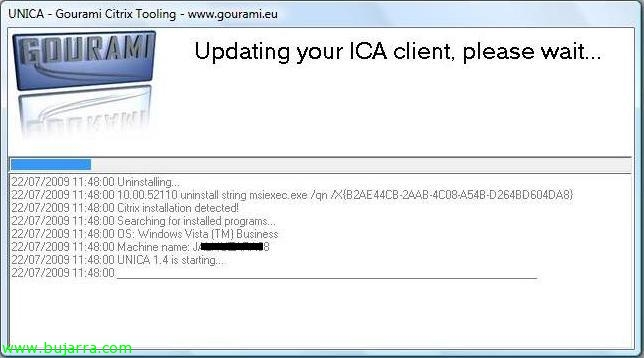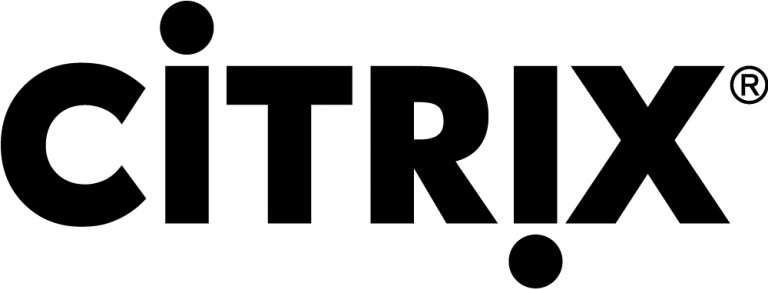Installing the first Citrix XenApp server 6
Once again Citrix releases a new version of its best-known product, XenApp or formerly Presentation Server; this time Citrix XenApp 6. In this document, we'll look at how to perform the first XenApp installation 6, which is becoming more automated every day, since in this version it will directly install all the necessary Software prerequisites. Increases end-user productivity as it only works under Windows Server 2008 R2 with 64 Bit. It also comes with HDX improvements (High Definition, improvements in multimedia and especially VoIP, Increased USB device support…), XenDesktop integration 4 (Complete Desktop Virtualization Solution…), Simplicity of administration (also PowerShell support, Workgroup servers, Console Integration, integration of policies with Active Directory,), integrates with Microsoft App-V, improvements in service isolation or IEA…










































